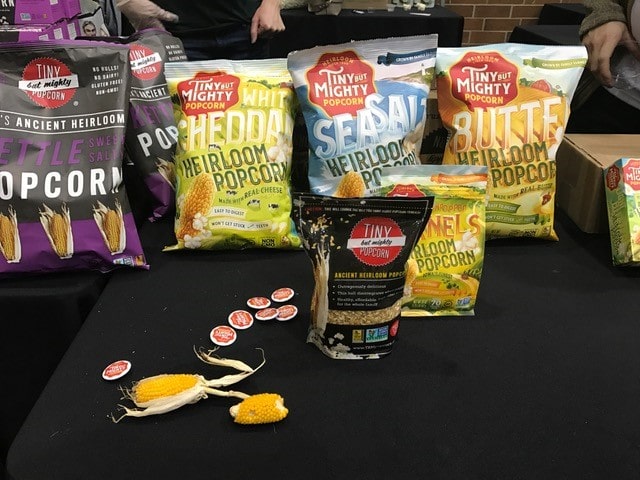Among the ways of adopting healthy and balanced consumption and also lifestyle is being at the supermarkets, or the local store, considering numerous food labels. Considering tags is a portal into what components, as well as chemicals, are in them, and also to inspect the quantity of fat, particularly hydrogenated fat, salt, and sugar, which are the essential nutrients. Excess fat can bring about weight gain, coronary cardiovascular disease, high cholesterol, and blood pressure. Excess salt can result in increased high blood pressure which can likely develop into heart disease or a stroke.
Occasionally blood pressure is called the silent awesome since there are no symptoms of having it, so unless this is inspected, we would not know if we had it or otherwise. For sugar, it is necessary to select foods that have all-natural sugars in them, for example, lactose located in milk, fructose found in fruit, and to reduce refined sugars, which can be discovered in biscuits, delicious chocolate, carbonated beverages as well as alcohol.
People presume that calories ought to be looked at too, this is proper to a specific extent. As long as the calorie consumed does not go beyond the calories shed during a workout, weight gain ought to not be expected. This is why in my previous write-up (the importance of strolling) I discussed why exercise is extremely crucial, one of them consisting of losing weight.
In the UK supermarkets, there are 2 sorts of food tags. Both of them are a terrific way of demonstrating if the item is high in sugar, salt, and also fat. One of them is called the Guideline Daily Amounts, and the various other one is called the Web traffic Lights Labelling system.
The Standard Daily Amounts (GDA) is used in supermarkets like Tesco, Morrisons as well as Somerfield, It was established by the Food and also Consume Alcohol Federation in 2005. The group comes from a range of backgrounds including the food web, clinical specialists, and the Industry Grocery Distribution (IGD).
The aim of this was to produce a consistent front as well as the backpack GDA system. When the values were released supermarkets showed the complete advised worth each day for calories, sugars, fat, saturated fat, and salt.
The tags are shown in percentages; this is to ensure that the consumer can see just how much of that nutrient the individual has actually left for the remainder of the day.

For instance, for an item that contains 600 calories and 2 grams of salt, the GDA label would show that the item includes 30% of the suggested GDA for the day, for a lady (for a man this would be 24%).
For salt value, it would specify that the product includes 33% of the salt material for that day. Therefore the person has 66% left of salt to get to that maximum for the day. The food label shows percentages of sugar, salt, fat, saturated fat, and calories.
The scheme has actually shown to be extremely effective as according to the GDA label website, there are incomplete 95 companies that have actually adopted the scheme, consisting of the food cycle, and also makers. The scheme has gone global in addition to the Food Company Kelloggs has released the GDA in South Africa, as well as in Australia, where this is promoted by the Australian Food and also Grocery Council.
All of the above can help you with any nutritional support. Or if you have any queries you can visit this site right here for further information.








